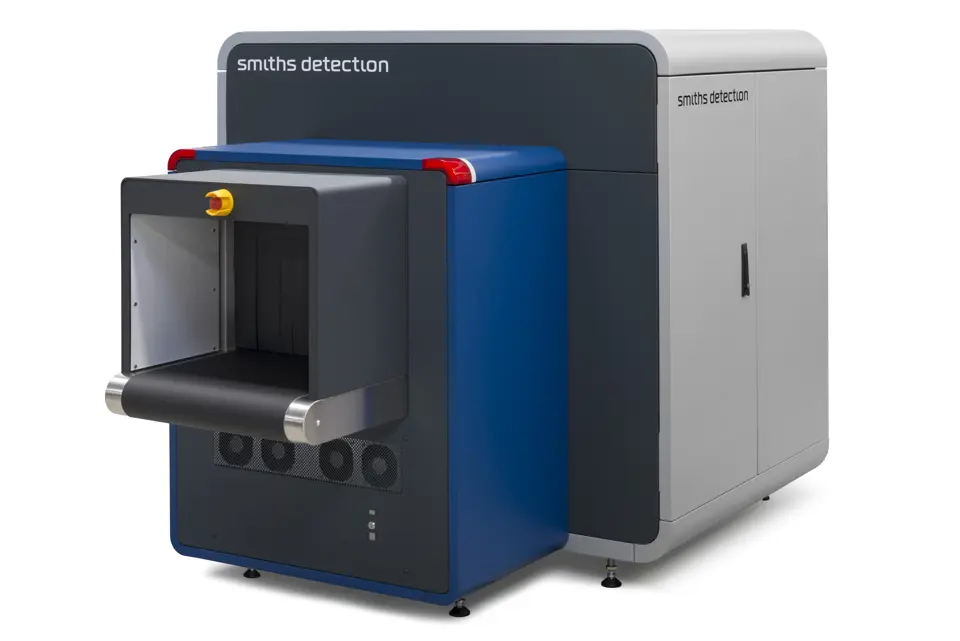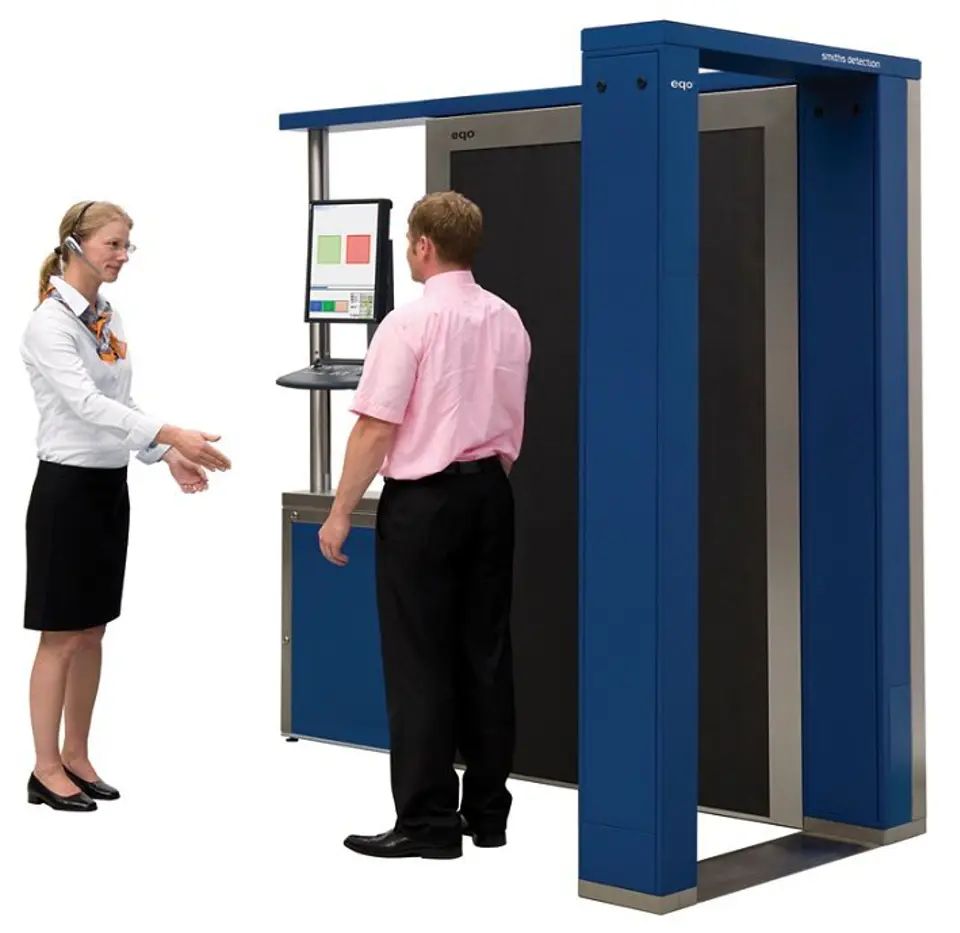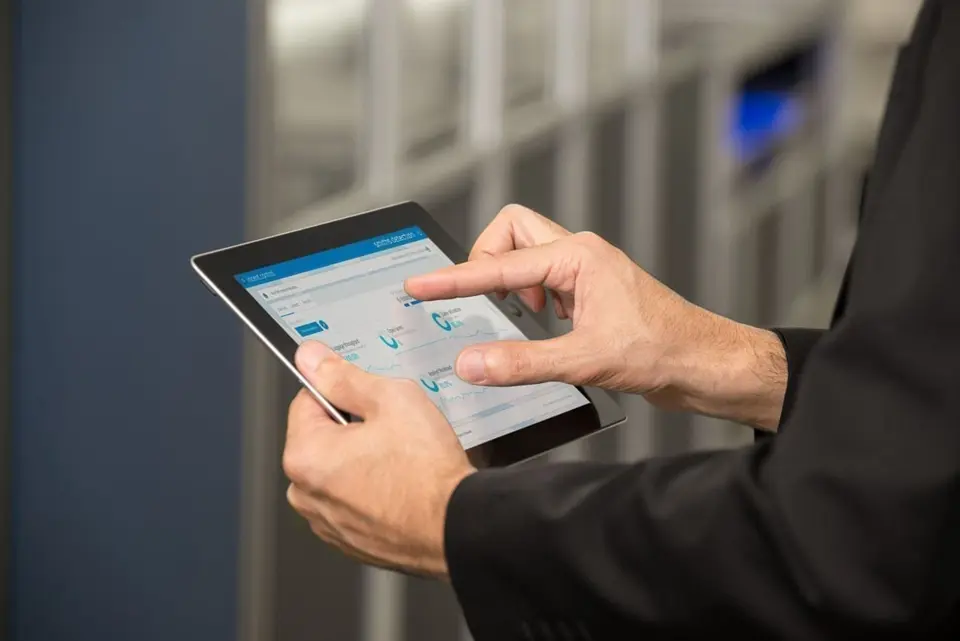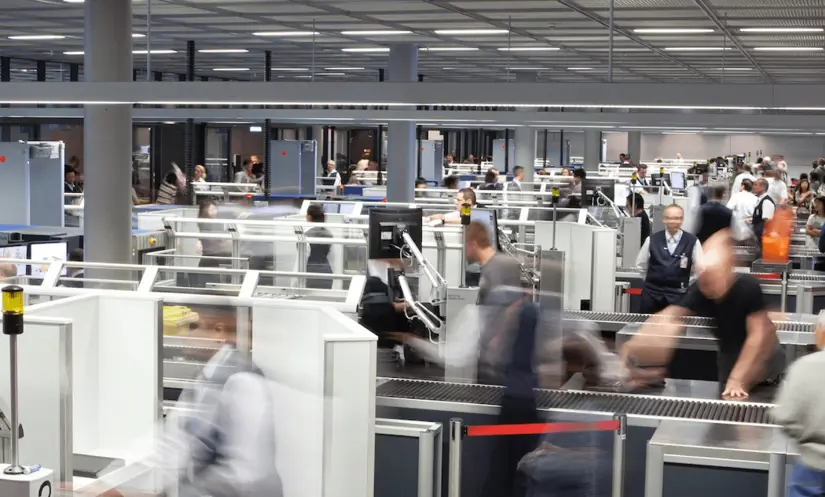Today’s airport operations are highly complex. As travel and tourism continue to grow, so do the difficulties faced by both domestic and international airports. An increase in passenger numbers, a demand for service excellence, exacting business goals as well as shifting threats and regulations — are all major challenges facing the aviation industry. Often, tackling these obstacles means that airports need to address three objectives:
- Holding security operations to evolving global standards
- Increasing operational efficiency
- Delivering quality service to passengers and airlines
Such an initiative is no mean feat. Fortunately, modern technology and system integration capabilities are continually devising a range of smart and practical solutions. That when combined with the right processes, can bring about significant improvements to airport management.
Many checkpoints, multiple parts and one integrated solution
For checkpoints to function optimally, some key considerations include imaging accuracy, speed, throughput and cost effectiveness. In terms of an effective checkpoint solution, it primarily consists of four components:
- Lane design
- Baggage and people screening
- Image management
- Business intelligence
GET ON THE FAST LANE TO ACCELERATED CHECKPOINT SCREENINGS
Smiths Detection’s iLane.evo takes full advantage of automation to create a seamless screening experience. Once screened baggage has been collected, trays are automatically sent back to the start of the checkpoint for other passengers to use.
Officers no longer have to move trays by hand and can focus their attention on crowd control and passenger service. Other benefits:
- Modular design allows for customisation of the length of the lane
- Multiple divestment stations so baggage can be deposited concurrently for several passengers
- Automatic baggage diverter to facilitate secondary checks
With more than one divestment station, multiple passengers can place their baggage onto the belt for inspection, reducing waiting time. The iLane.evo also features a re-routing belt so that baggage which require additional screening can be automatically diverted to recheck stations, preventing bottlenecks. These features bring about results that are difficult to replicate with a traditional lane design. The iLane.evo helps raise throughput and reduce operational costs so that optimum operational efficiency can be achieved.
CT TECHNOLOGY: SIMPLY LEAVE YOUR LAPTOP AND LIQUIDS IN YOUR BAG

Many regulators today are pushing for the deployment of Computed Tomography (CT) technology scanners. Unlike conventional X-ray scanners, which create 2D X-ray images from fixed generators and detectors, a CT checkpoint scanner gantry rotates at a constant speed as the baggage is carried through. It spins around the object taking hundreds of images at slightly different angles, and the HI-SCAN 6040 CTiX is currently in use at major airports around the world including Jeju International Airport. Passengers and operators have welcomed this improved screening technology as the inconvenience of taking out electronics and liquids is eliminated. Baggage is simply deposited with no extra procedures, speeding up the screening process and enhancing overall passenger experience.
“The new CT screening equipment provides enhanced capabilities while maximising passenger throughput. Our airports will be equipped with cutting- edge security technology on par with the best airports internationally. Darwin and Alice Springs will be the first airports in Australia to be fully equipped with this advanced technology. This will not only lead to fewer physical bag searches, but greater ease for passengers passing through our screening points.” – ROBERT PHILLIPS, Head of Security & Contingency Planning, Northern Territory Airports
RAPID, AUTOMATIC THREAT DETECTION FOR PEOPLE

Besides enabling the efficient screening of carry-on baggage, security checkpoints also need to perform smooth and thorough passenger screenings. The eqo body scanner fulfils this requirement by using flat-panel millimetre wave technology to detect concealed contraband of any material type and produces a high probability of detection with a low false alarm rate. Passengers are scanned in seconds, and the results are instantly displayed on a mannequin representation with suspicious areas clearly marked out. Easy integration, total process speed, false-alarm rate and user-friendliness are amongst the top reasons why customers prefer the eqo body scanner. Copenhagen Airport implemented the scanner and saw tremendous results, both in operational efficiency and customer satisfaction. Instant results and low false alarm rates speed up the screening process and boost throughput, with process statistics available directly from the system.
“Copenhagen Airport is satisfied with the introduction of the eqo security scanner, a move that enhances the security performance of our checkpoints. The technology raises our detection capability to comply with new EU regulations, while at the same time improves the experience of our passengers. Integrated seamlessly into our existing checkpoints, the eqo security scanner is a welcome addition to the security infrastructure of our airport.” – JOHNNIE MÜLLER, Head of Security, Copenhagen Airport
ALWAYS CONNECTED, ALWAYS READY TO ACT
For lanes to reach optimal performance, Checkpoint.Evoplus enables full integration of all checkpoint components. With advanced screening and management that offer the convenience of both centralised and remote screening, Checkpoint.Evoplus brings together individual components and sensors, and transforms them into a fully networked checkpoint system that provides real-time data collection, distribution and management. It offers real-time and historical data for analysis and reporting, in addition to allowing operators to share information and monitor the entire screening operation via remote portable devices such as a tablet PC. X-ray images can be collected from all security lanes and delivered to operators based in a remote location. Suspicious areas are marked and classified on the images so officers can focus on them during secondary inspections.

Looking to the future in search of new heights
Emerging technologies, artificial intelligence, the proliferation of biometrics and new processes offer airports a world of possibilities. Tapping into these areas will go a long way in helping them meet security, operational efficiency and compliance needs, for many years to come. At the same time, airports need to embrace a future that is automated and passenger-centric for their security standards and procedures to truly evolve. As a leading supplier of security solutions for the aviation sector, Smiths Detection works closely with our customers and technology partners to help navigate constant shifts — be it catering to passenger and operational expectations, or finding new approaches to stay ahead of travel trends. Because every checkpoint is unique, we utilise modelling and simulation to customise solutions that bring out the best in our products. Most importantly, we rely on our deep expertise and advancements in technology to transform the movement of people and goods, with the aim of making the world a safer place.
Read it offline. Download a copy of the story here.

